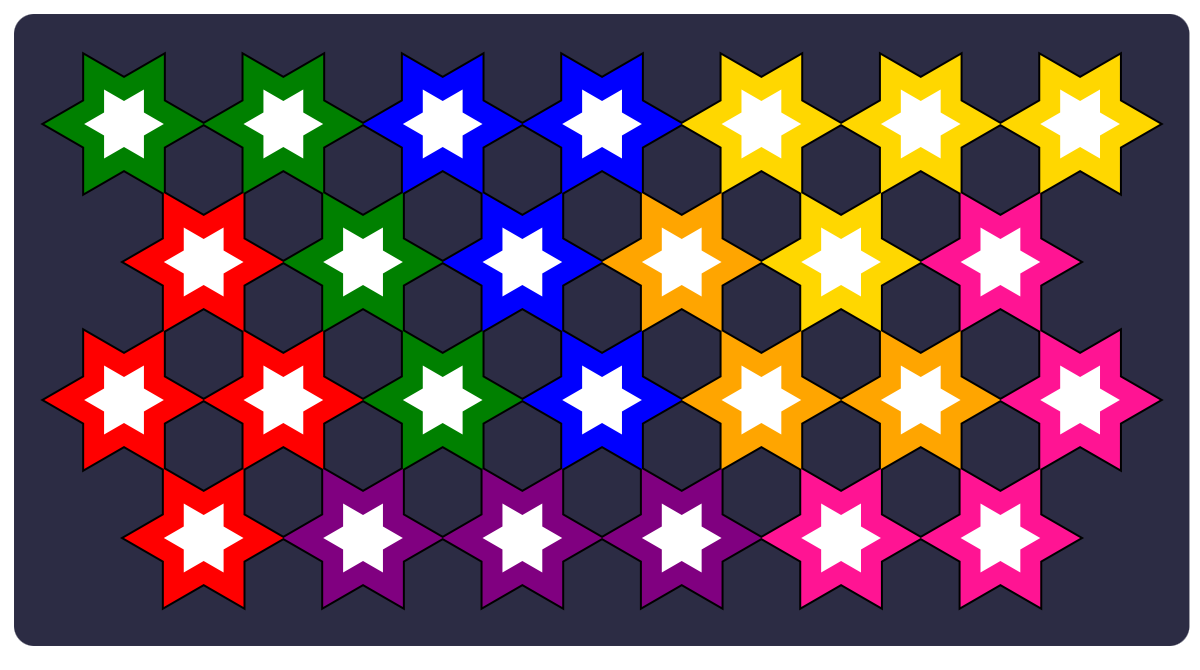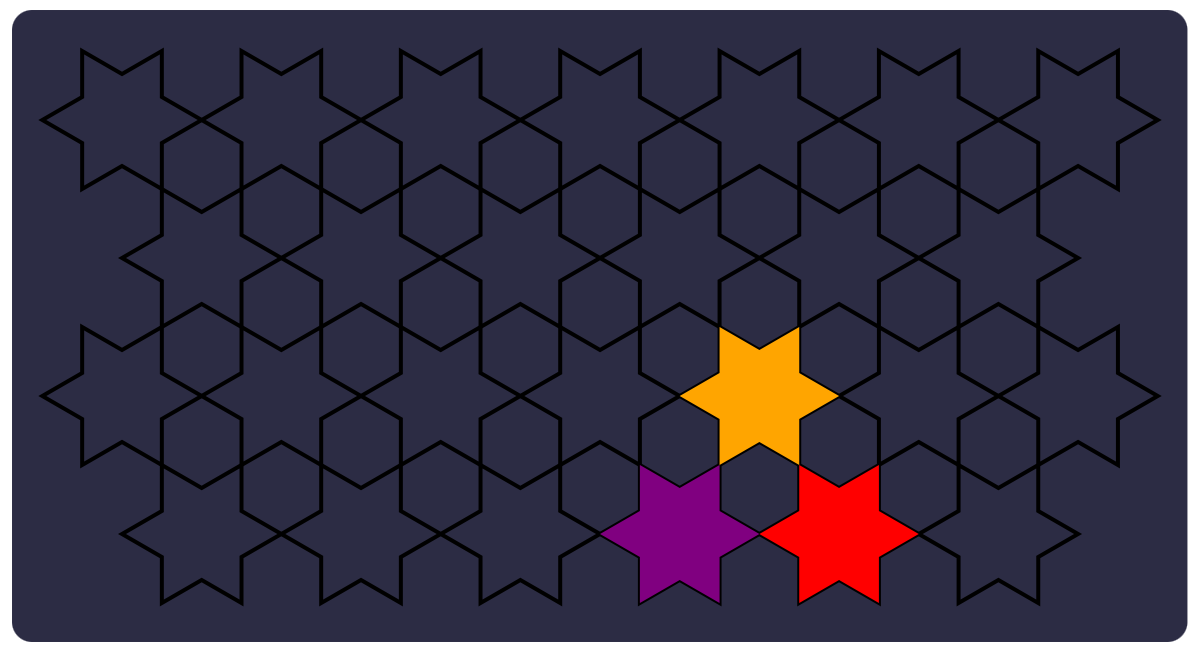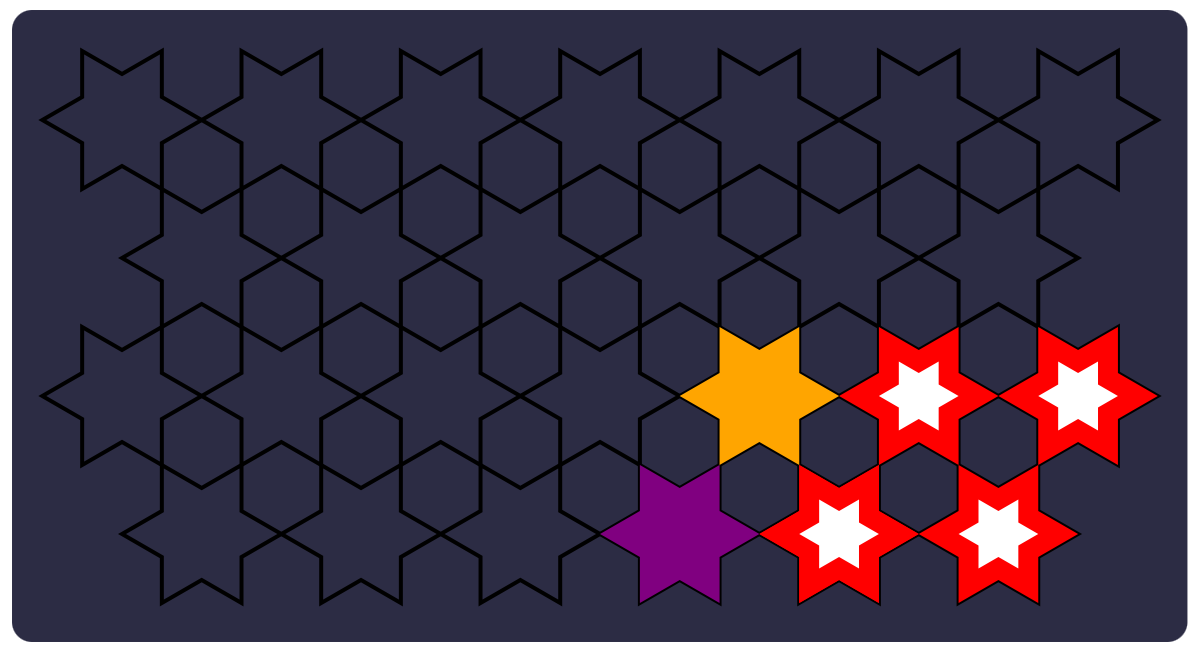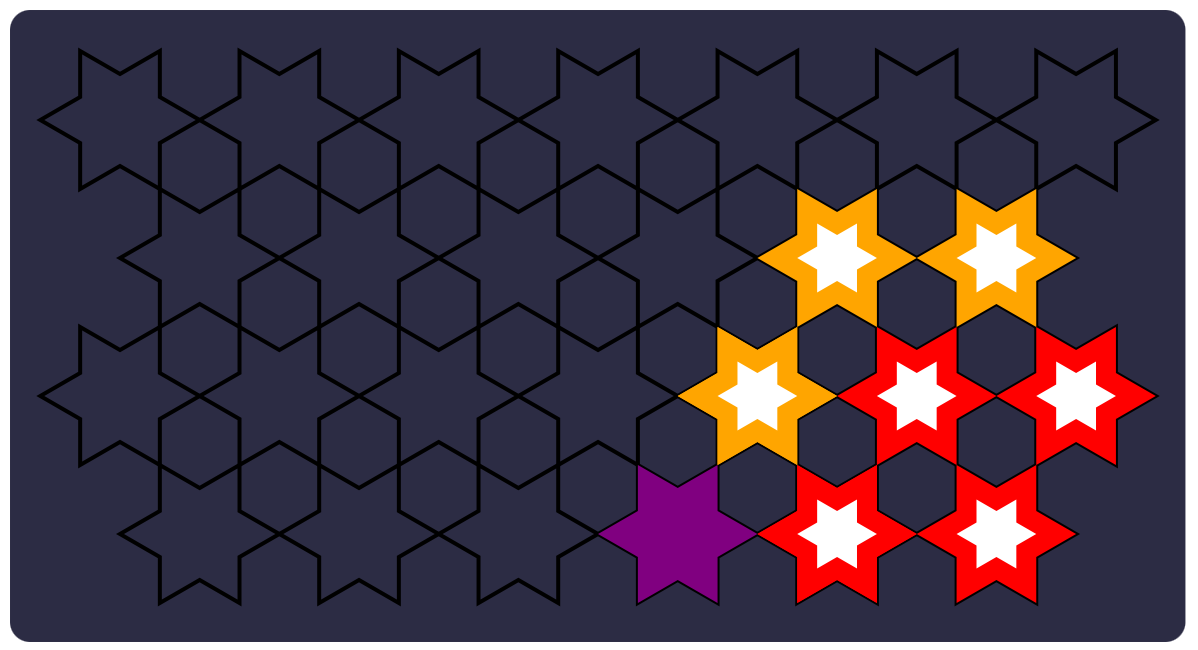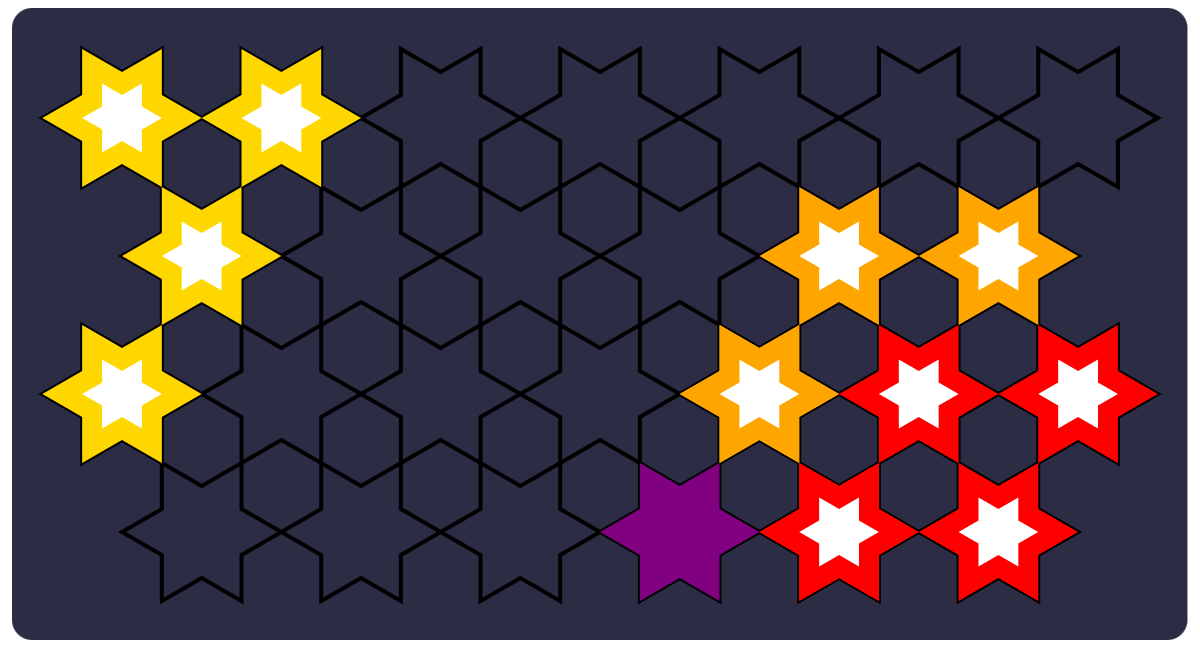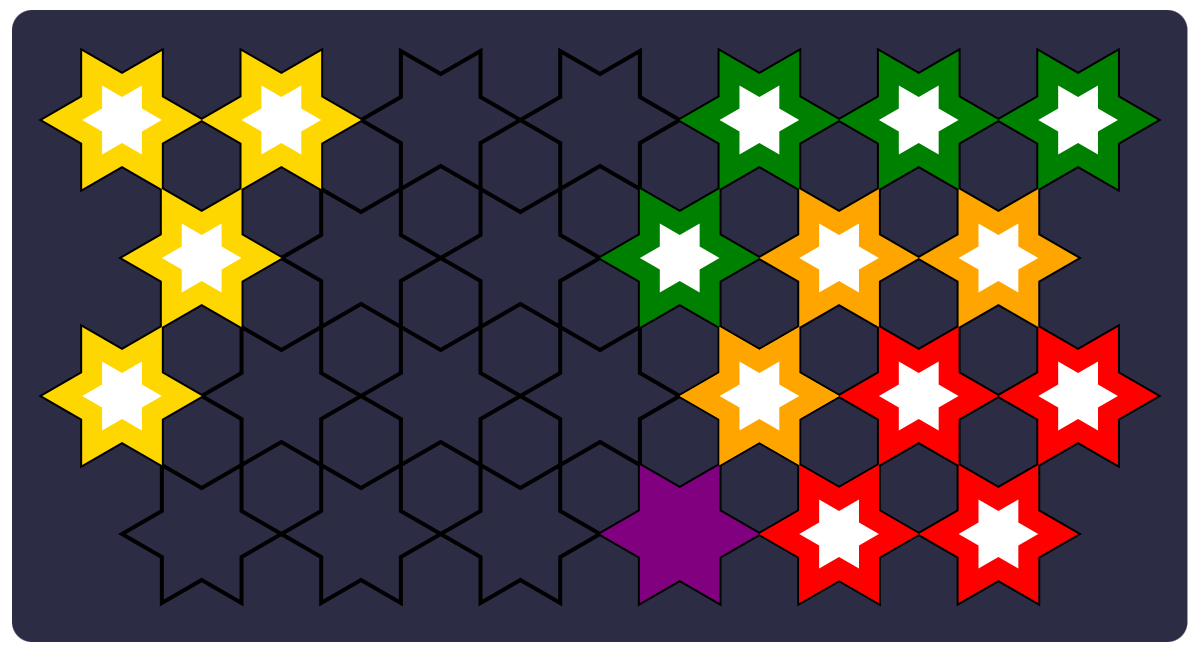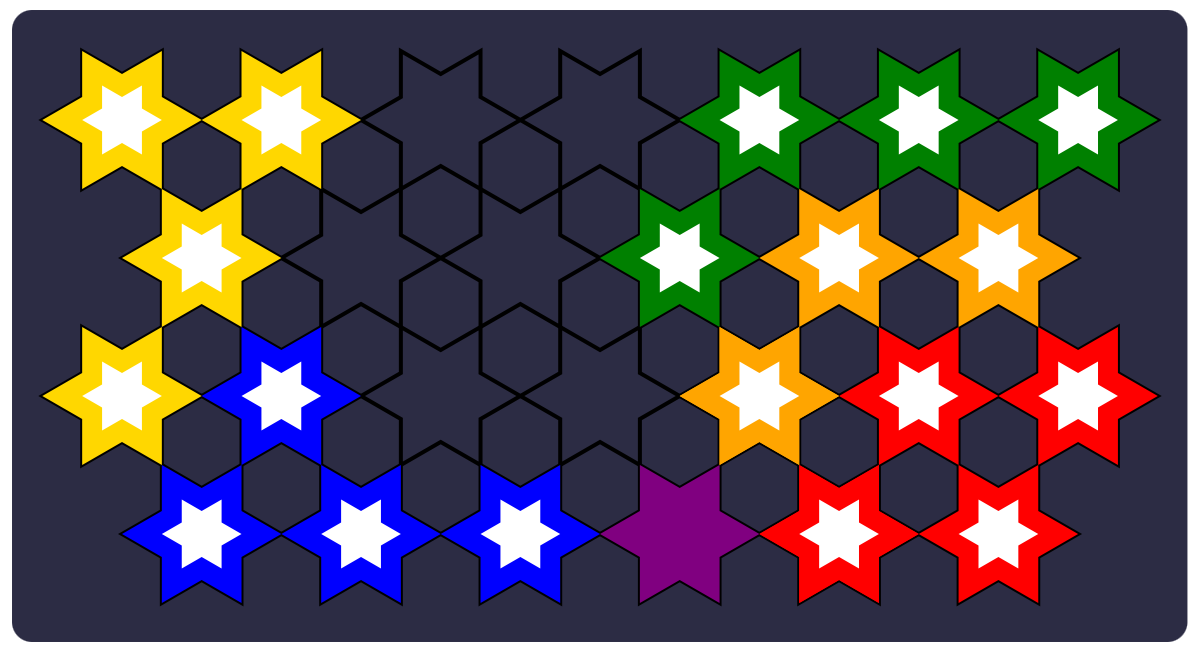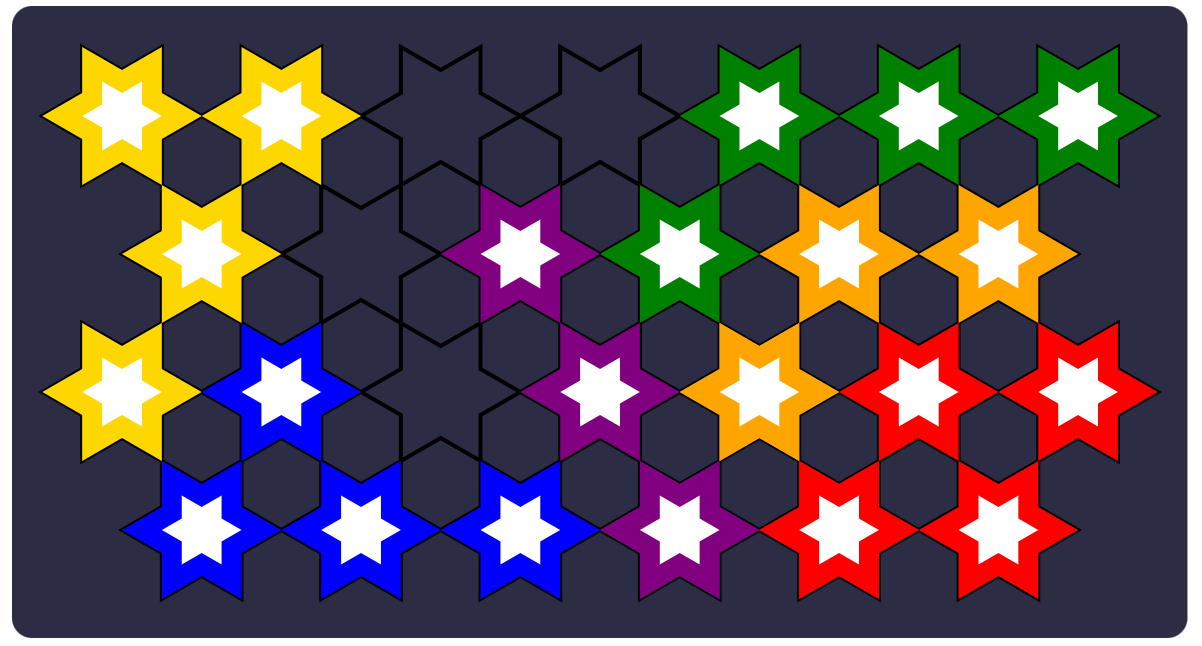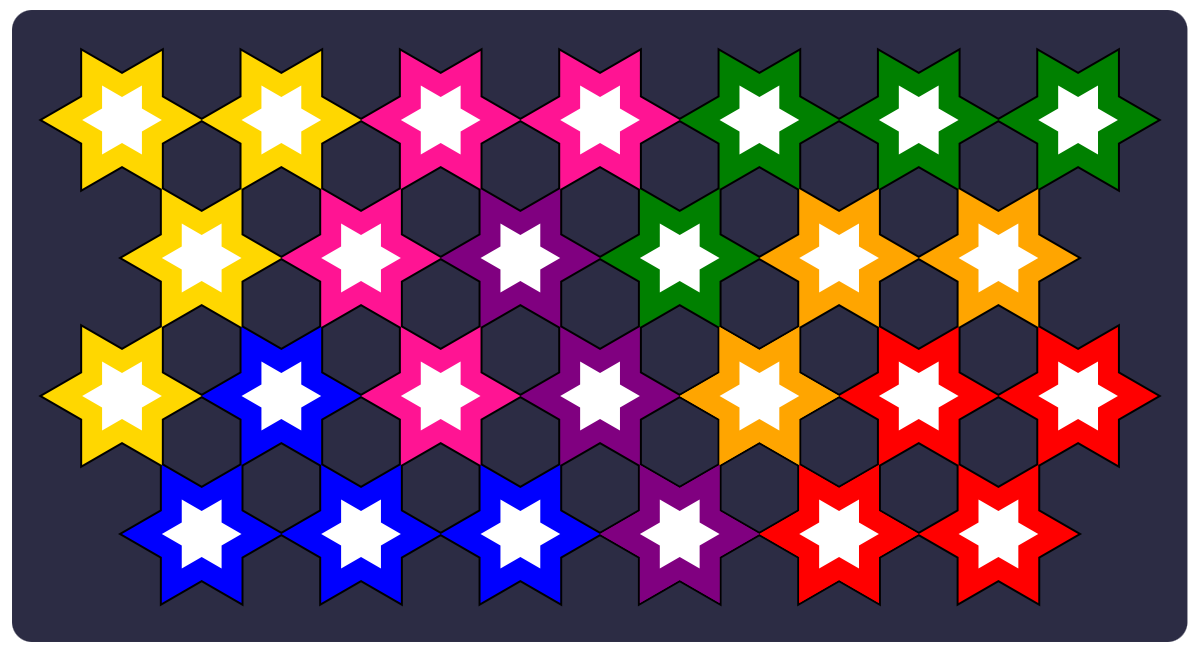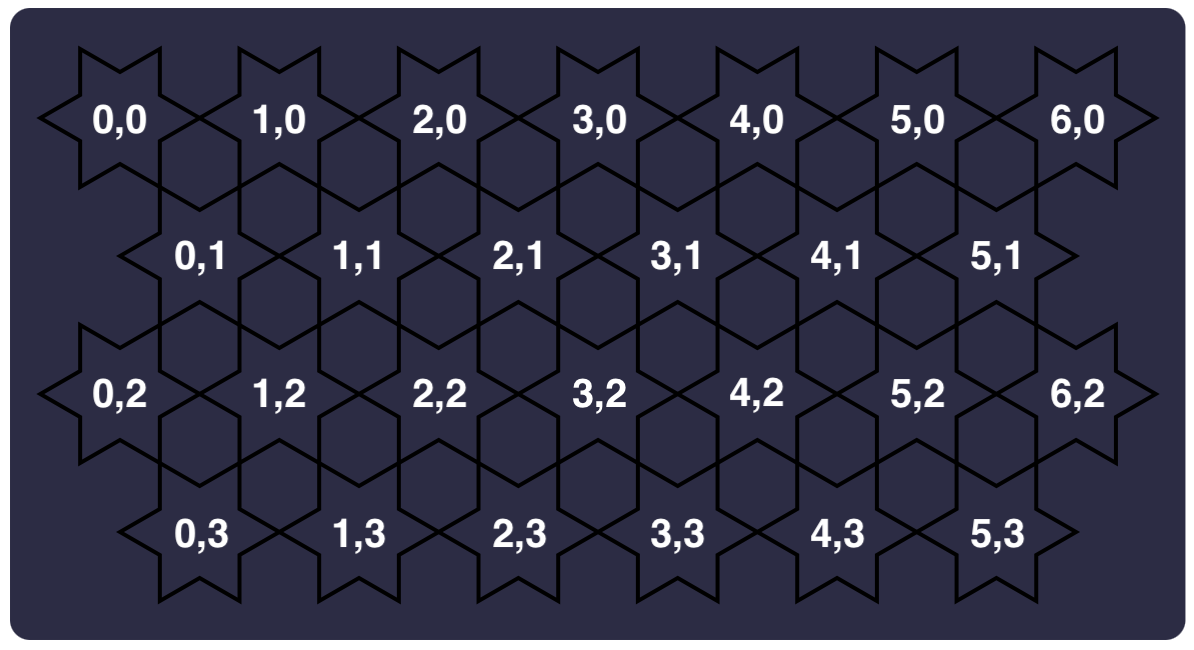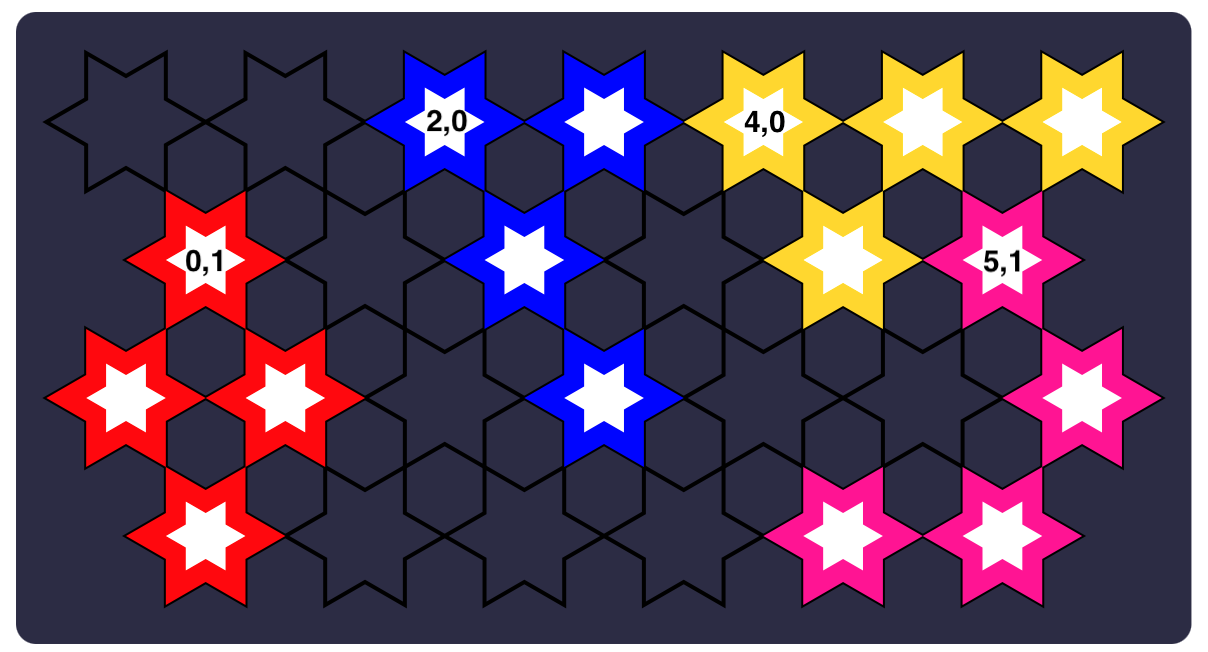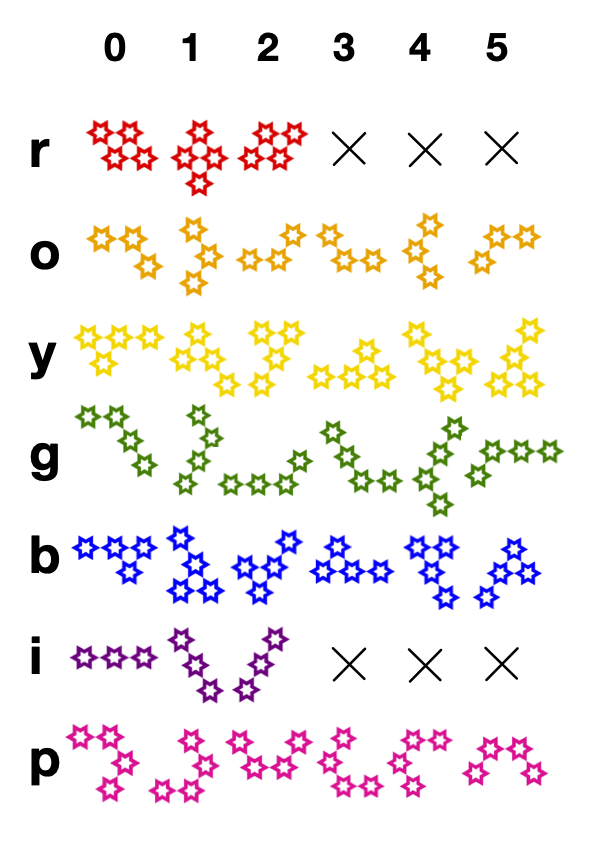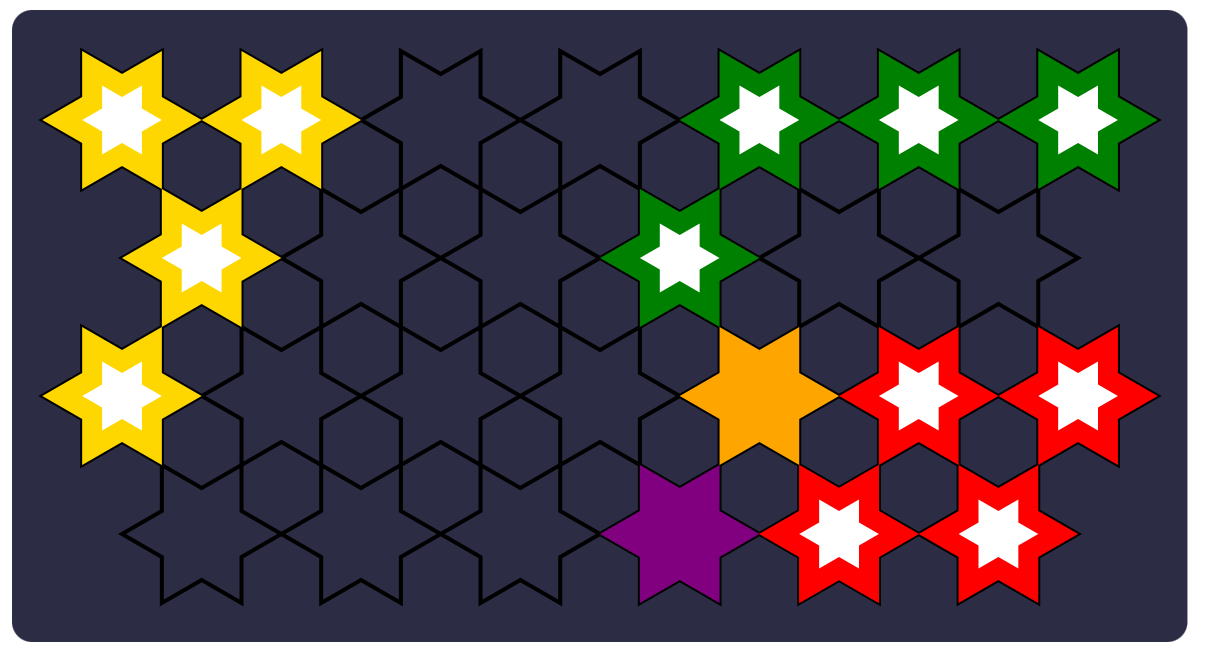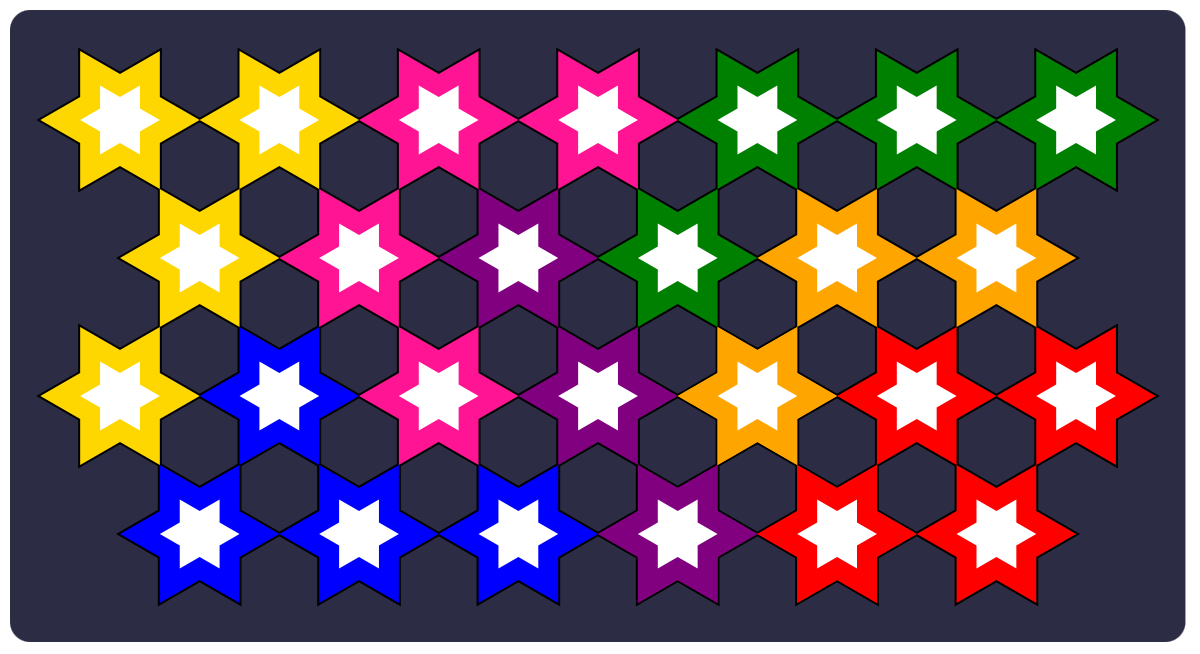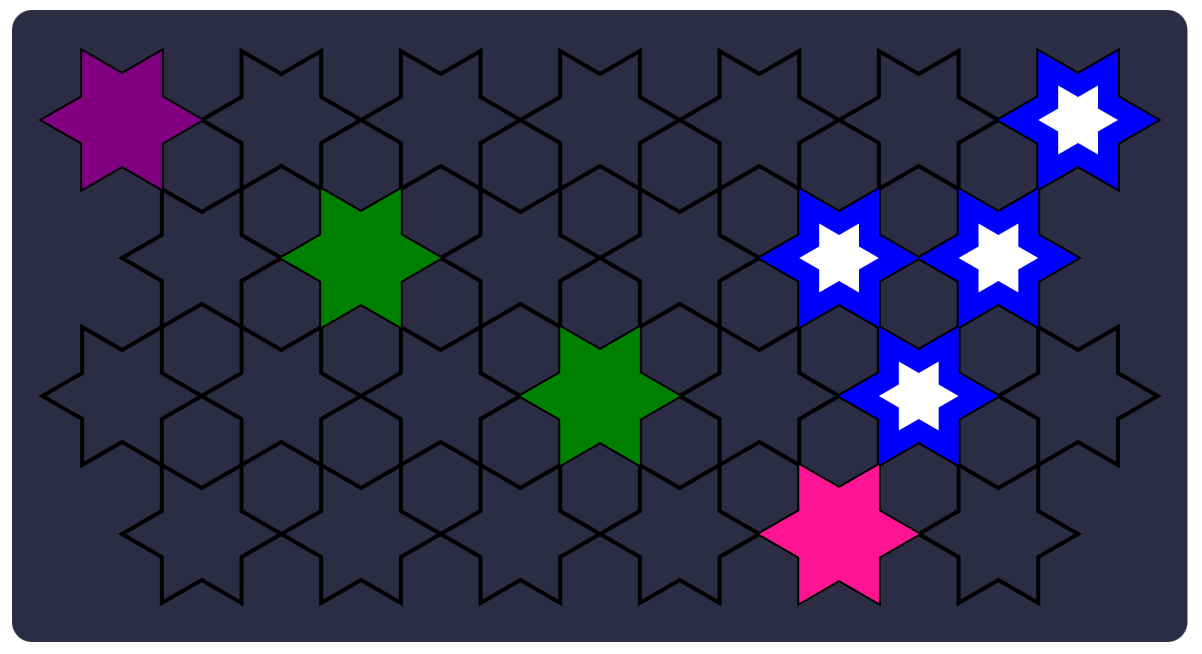Honesty and integrity are of utmost importance. These goals are not at odds with being resourceful and working collaboratively. You should be resourceful, you should collaborate within your team, and you should discuss the assignment and other aspects of the course with others taking the class. However, you must never misrepresent the work of others as your own. If you have taken ideas from elsewhere or used code sourced from elsewhere, you must say so with utmost clarity. At each stage of the assignment you will be asked to submit a statement of originality, either as a group or as individuals. This statement is the place for you to declare which ideas or code contained in your submission were sourced from elsewhere.
Please read the ANU's official position on academic honesty. If you have any questions, please ask me.
Carefully review the statements of originality in the admin folder which you must complete at each stage. Edit the relevant statement and update it as you complete each stage of the assignment, ensuring that when you complete each stage, a truthful statement is committed and pushed to your repo.
In this assignment you will work as a group to master a number of major themes of this course, including software design and implementation, group work, using development tools such as Git and IntelliJ, and using JavaFX to build a user interface. Above all, this assignment will emphasize group work; while you will receive an individual mark for your work based on your contributions to the assignment, you can only succeed if all members contribute to your group's success.
The assignment is worth 30% of your total assessment, and it will be marked out of 30. So each mark in the assignment corresponds to a mark in your final assessment for the course. Note that for some stages of the assignment you will get a group mark, and for others you will be individually marked. The mark breakdown and the due dates are described on the deliverables page.
Your work will be marked via your tutor accessing git, so it is essential that you carefully follow instructions for setting up and maintaining your group repository. At each deadline you will be marked according to whatever is committed to your repository at the time of the deadline. You will be assessed on how effectively you use git as a development tool.
The assignment involves implementing a board game called IQ Stars made by the games developer SmartGames in Java.
The game is a puzzle. The object of the game is to place seven plastic pieces on a board so that the pieces fill the board perfectly, with no overlaps and no gaps. The player starts by selecting a challenge which will have some number of pieces already placed. Their task is to place all remaining pieces.
A completed game:
To help you visualize the game, we have provided a paper version, which you can cut out.
A game starts by choosing a challenge which specifies in what positions certain puzzle pieces must be placed. The puzzle pieces that are pre-placed by the challenge at the start of the game cannot be moved by the player until the game has ended.
Here is the starting challenge for the game above:
In the challenge above, the red, yellow, blue, and pink pieces are placed as part of the challenge. They can't be moved. You can see that much of the board is unfilled. The player's task is to place the remaining three pieces in such a way that all of the board is covered perfectly, with no gaps and no overlaps.
Some challenges are much easier to solve than others. When you think about the game, you may wish to reflect on what makes some challenges so much easier than others. One of the assignment tasks is to create interesting challenges. Note that as a general rule for puzzles, the more constrained the player is the fewer options they have, and consequently the solution to the challenge is simpler.
The game comes with five difficulty levels: starter, junior, expert, master, and wizard. There are 24 challenges at each level, for a total of 120 prescribed challenges. These challenges are provided for you in the Games class.
Each challenge has just one solution.
The following sequence shows one possible progression of a solution to the game above (note that the order in which the pieces are placed is not important; this is just one possible sequence of moves).
The wizard level works slightly differently to the other levels. Challenges in this level show only the position and colour of single stars (not full pieces). These single stars are referred to as wizards. Players must figure out the orientations of the pieces that the wizards are a part of.
Here is an example of a wizard challenge:
This challenge has three wizards; one red, one orange and one indigo. Here is one possible progression of a solution for this challenge:
The game is played on a board comprised of 26 locations arranged in a hexagonal grid. The grid has four rows. The first and third rows have seven columns, and the second and fourth rows have six columns.
In the real-world game, each location consists of a star-shaped indent into which a piece may fit.
We refer to the placement of pieces in terms of the location of the leftmost star in the top row.
In our game, locations are encoded as two digits, the first one identifying the column from 0 to 6, followed by another identifying the row from 0 to 3.
The example illustrated below shows how the location of pieces on the board is encoded.
For example, in the game above, the red piece is in position 0,1 (column 0, row 1),
the blue piece is in position 2,0 (column 2, row 0),
the yellow piece is in position 4,0 (column 4, row 0),
and the pink piece is in position 5,1 (column 5, row 1).
The game comprises 7 playing shapes, each of a distinct color (red, orange, yellow, green, blue, indigo and pink).
Each piece is made up of either three (orange, indigo) or four (red, yellow, green, blue, pink) stars connected in some pattern.
The diagram below illustrates all seven pieces and their six possible orientations, labelled from 0 to 5.
When we encode pieces in this assignment, we use lower case letters (e.g. b) to describe the colour of the piece.
Because the red piece and the indigo piece are symmetric, some of their rotations are identical.
To make sure that placement descriptions are consistent, we will always choose the first of these identical rotations.
For example, rather than having the rotation of the indigo piece as 3, it will be 0.
For a piece placement to be valid, the following must be true:
- All of the stars in the piece must be placed on board locations (no part of a piece may be off the board).
- All of the stars in the piece must be placed on vacant board locations (pieces may not overlap).
- If there is a wizard of the same colour as the piece on the board, the piece must cover that wizard.
- The piece may not cover a wizard of a different colour.
Game states are encoded as strings. Your game will need to be able to initialize itself using these strings and some of your tasks relate directly to these strings.
A game state string consists of a piece placement comprising between zero and seven (inclusive) piece strings, a 'W', and a wizard placement comprising zero or more wizard strings.
For the sample game below, the game state string is "r252y200g540Wr43o42i33".
It consists of piece strings for the red (r252), yellow (y200) and green (g540) pieces,
and wizard strings for the red (r43), orange (o42) and indigo (i33) pieces.
These encodings are explained further below.
A piece string consists of four characters describing the location and orientation of one particular piece on the board:
- The first character identifies which of the seven pieces is being placed. The table above shows the letters used, with each letter corresponding to a colour.
- The second character identifies which orientation the piece is in
(an integer from
0to5, or0to2in the case of the red and indigo pieces). - The third character identifies which column the top left of the piece is in
(columns are labelled
0to6in the0thand2ndrows, and0to5in the1stand3rdrows). - The fourth character identifies which row the top left star of the piece is
in (rows are labelled
0to3).
The table above shows the first and second characters for each of the pieces in each of their orientations.
In the game state string above, r252 describes the position of the red piece, which is placed in orientation 2 at location (5, 2),
y200 describes the position of the yellow piece, which is placed in orientation 2 at location (0, 0) and
g540 describes the position of the green piece, which is placed in orientation 5 at location (4, 0).
A piece placement consists of between zero and seven (inclusive) piece strings.
The piece placement may not include any piece twice.
A completed game must include seven piece strings.
Pieces are always listed in rainbow order (the ordering of the rows in the figure above
(red, orange, yellow, green, blue, indigo, pink)).
Each piece is encoded using four characters as above.
For example, the piece placement of the completed game below is "r252o541y200g540b312i121p420".
Note that the piece placement is ordered (the red piece (r) first, and pink piece (p) last, following the ordering in the diagram above).
Correct ordering is a requirement for valid piece placements.
A wizard string consists of three characters describing the location of one particular wizard on the board:
- The first character identifies which of the seven colours the wizard is. The table above shows the letters used, with each letter corresponding to a colour.
- The second character identifies which column the wizard is in
(columns are labelled
0to6in the0thand2ndrows, and0to5in the1stand3rdrows). - The third character identifies which row the wizard is in
(rows are labelled
0to3).
In the game state string above, r43 describes the position of the red wizard, which is placed at location (4, 3).
Note that this wizard is covered by a piece in the above game, so it is not visible in the picture.
o42 describes the position of the orange wizard, which is placed at location (4, 2) and
i33 describes the position of the indigo wizard, which is placed at location (3, 3).
A wizard placement consists of some number of wizard strings.
Wizards are always listed in rainbow order (the ordering of the rows in the figure above
(red, orange, yellow, green, blue, indigo, pink)).
The wizard placement may include the same colour multiple times, as long as the wizards aren't placed on top of each other.
In this case, the wizard strings are ordered first by row and then by column in ascending order.
Each wizard is encoded using three characters as above.
For example, the wizard placement of the game below is "g11g32i00p43".
Note that the wizard placement is ordered (the green piece (g) first, and pink piece (p) last, following the ordering in the diagram above).
There are two green wizards, so the one in the higher row is listed first.
Correct ordering is a requirement for valid wizard placements.
First, as with any work you do, you must abide by the principles of honesty and integrity. You are expected to demonstrate honesty and integrity in everything you do.
In addition to those ground rules, you are to follow the rules one would normally be subject to in a commercial setting. In particular, you may make use of the works of others under two fundamental conditions: a) your use of their work must be clearly acknowledged, and b) your use of their work must be legal (for example, consistent with any copyright and licensing that applies to the given material). Please understand that violation of these rules is a very serious offence. However, as long as you abide by these rules, you are explicitly invited to conduct research and make use of a variety of sources. You are also given an explicit means with which to declare your use of other sources (via originality statements you must complete). It is important to realize that you will be assessed on the basis of your original contributions to the project. While you won't be penalized for correctly attributed use of others' ideas, the work of others will not be considered as part of your contribution. Therefore, these rules allow you to copy another student's work entirely if: a) they gave you permission to do so, and b) you acknowledged that you had done so. Notice, however, that if you were to do this you would have no original contribution and so would receive no marks for the assignment (but you would not have broken any rules either).
It is essential that you refer to the deliverables page to check that you understand each of the deadlines and what is required. Your assignment will be marked via tests run through git's continuous integration (CI) framework, so all submittable materials will need to be in git and in the correct locations, as prescribed by the deliverables page.
The mark breakdown is described on the deliverables page.
In the first part of the assignment you will:
- Set up your assignment (Task #1).
- Create a design skeleton (Task #2).
- Implement parts of the text interface to the game (Tasks #3 and #4).
- Implement a simple viewer that allows you to visualize game states (Task #5).
- Implement a check to determine whether a game state is valid (Task #6).
The criteria for the completion of part one is as follows:
- Tasks #1, #2, #3 and #4
- Task #5 (in addition to all tasks required for Pass)
- Task #6 (in addition to all tasks required for Credit)
Create a fully working game, using JavaFX to implement a playable graphical version of the game in a 933x700 window.
Notice that aside from the window size, the details of exactly how the game looks etc, are intentionally left up to you. The diagrams above are for illustration purposes only, although you are welcome to use all of the resources provided in this repo, including the images in the assets folder of each of the seven shapes.
The only firm requirements are that:
- you use Java 15 and JavaFX,
- the game respects the specification of the game given here,
- the game be easy to play,
- it runs in a 933x700 window, and
- that it is executable on a standard lab machine from a jar file called
game.jar,
Your game must successfully run from game.jar from within another
user's (i.e. your tutor's) account on a standard lab machine (in
other words, your game must not depend on features not self-contained
within that jar file and the Java 15 runtime).
An indicative grade level for each task for the completion of part two is as follows:
- Correctly implements all of the Part One criteria.
- Appropriate use of git (as demonstrated by the history of your repo).
- Completion of Task #7.
- Executable on a standard lab computer from a runnable jar file, game.jar, which resides in the root level of your group repo.
- All of the Pass-level criteria, plus the following...
- Task #8.
- All of the Credit-level criteria, plus the following...
- Tasks #9 and #10.
- All of the Distinction-level criteria, plus the following...
- Tasks #11 and #12.

